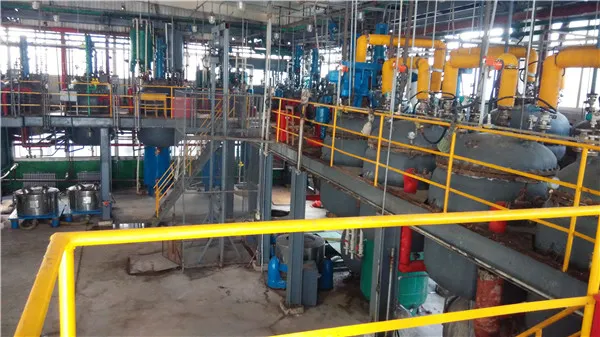Isoflurane in Veterinary Medicine An Overview
Isoflurane is a halogenated ether that has become increasingly popular in veterinary medicine over the past few decades. As a volatile anesthetic, its use has transformed the landscape of animal surgery and anesthetic management, providing veterinarians with a reliable and effective option for inducing and maintaining anesthesia in a variety of species. This article explores the properties, applications, benefits, and potential risks associated with the use of isoflurane in veterinary practice.
Properties of Isoflurane
Isoflurane has a molecular structure that allows it to be easily vaporized and adjusted for concentration, making it suitable for inhalational anesthesia. It has a relatively low blood-gas partition coefficient, which allows for rapid changes in anesthetic depth, an important feature in surgical settings where quick adjustments are necessary. The relatively low solubility in blood means that isoflurane can be administered and discontinued efficiently, leading to swift recovery times for patients.
Isoflurane is generally regarded as safe for a wide range of animal species, including dogs, cats, horses, and exotic animals. Its low toxicity and minimal metabolism by the liver also contribute to its safety profile, making it a preferred agent for patients with underlying health issues who require anesthesia for surgical procedures.
Applications in Veterinary Medicine
In veterinary practice, isoflurane is predominantly used for various surgical procedures, from routine spays and neuters to more complex surgeries like orthopedic operations or emergency interventions. The ability to regulate the depth of anesthesia is crucial in maintaining patient safety and comfort during procedures. Isoflurane has proven effective in both outpatient and inpatient settings, allowing veterinarians to provide quality care to animals requiring anesthesia.
Another noteworthy application of isoflurane is in veterinary dentistry. An increasingly important area in animal care, dental procedures often necessitate sedation and anesthesia to ensure the safety and well-being of the pet while allowing veterinarians to perform thorough examinations and interventions without distress to the animal.
isoflurane veterinary

Benefits of Isoflurane
One of the most significant advantages of isoflurane is the rapid onset and offset of its effects. Veterinarians can quickly induce anesthesia and also terminate it promptly, reducing the time animals spend under sedation, which can be beneficial for both the patient and the owner. This rapid recovery allows for a shorter hospital stay and minimizes the associated risks of prolonged anesthesia.
Isoflurane is also compatible with a variety of pre-anesthetic medications, providing veterinarians with the flexibility to tailor anesthetic protocols according to each patient's needs. Its ability to maintain cardiovascular stability and cause minimal respiratory depression makes it an attractive choice for animals with pre-existing health concerns, allowing for safer anesthetic management.
Risks and Considerations
While isoflurane is widely viewed as safe, there are still some risks involved with its use. Potential adverse effects can include hypotension, respiratory depression, and, in rare cases, malignant hyperthermia in susceptible species. Additionally, careful monitoring of vital signs is essential during administration to mitigate risks associated with anesthesia.
Environmental considerations should also be noted. As a volatile anesthetic, isoflurane can contribute to atmospheric pollution if not managed properly. Therefore, veterinary clinics are encouraged to invest in appropriate scavenging systems to minimize waste gas exposure to staff and the environment.
Conclusion
Isoflurane is a cornerstone of veterinary anesthesia, offering numerous advantages, including rapid induction and recovery times, versatility in application, and a favorable safety profile. As veterinary medicine continues to evolve, the use of isoflurane is likely to remain integral to providing high-quality anesthetic care for our animal companions. Its ongoing evaluation and the development of best practices will ensure that veterinarians can continue to safely and effectively utilize this powerful anesthetic agent in a variety of clinical settings.

